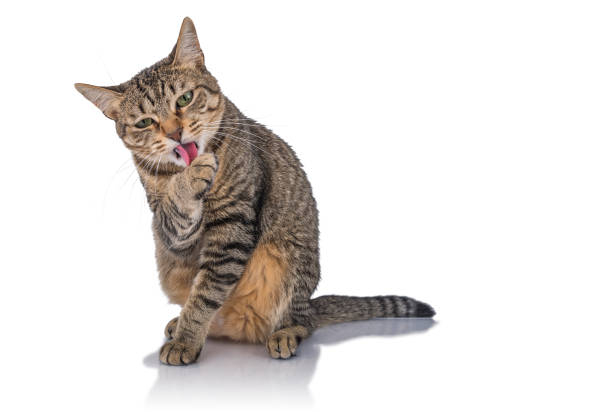Grooming is a behavior commonly observed in the animal kingdom. From domestic pets like cats and dogs to wild creatures in their natural habitats, animals engage in grooming activities as an essential part of their daily routine. This intriguing behavior serves various purposes, ranging from physical maintenance to social bonding and even stress reduction. The reasons behind this instinctive behavior:
Physical Maintenance and Hygiene One of the primary reasons animals groom themselves is to maintain their physical well-being and hygiene. Through grooming, animals clean their fur, feathers, or skin, removing dirt, debris, parasites, and dead cells. They use their tongues, beaks, paws, or specialized grooming tools to meticulously clean their bodies. This self-cleaning process helps to prevent infections, remove odors, and keep their coats or feathers in optimal condition.
Regulating Body Temperature Grooming also plays a vital role in regulating body temperature for many animals. By licking or wetting their fur, animals can cool themselves down through the process of evaporative cooling. Additionally, as they groom, the natural oils produced by their skin are distributed throughout their fur, providing insulation and waterproofing. This oil distribution helps to maintain their body temperature and protect them from environmental elements such as rain or cold weather.
Stimulating Blood Flow and Circulation Another benefit of grooming is its ability to stimulate blood flow and circulation. When animals groom themselves, they often use their tongues or beaks to lick or preen their bodies. This licking motion helps to stimulate the skin and underlying blood vessels, increasing circulation and promoting overall health. Improved blood flow aids in nutrient distribution, wound healing, and muscle recovery, keeping the animals in optimal physical condition.
Social Bonding and Communication Grooming is not limited to individual self-care; it also plays a significant role in social bonding among animals. Many species engage in social grooming, where they groom each other as a form of bonding and establishing social hierarchies. This behavior can be observed in primates, birds, and various other social animals. Social grooming serves to strengthen social bonds, reduce tension and conflicts, and establish trust among group members. It is a powerful communication tool that reinforces social cohesion within the animal community.
Stress Reduction and Relaxation Grooming is often a soothing and stress-reducing activity for animals. Just as humans find comfort in activities like brushing their hair or taking a warm bath, animals experience similar relaxation benefits from grooming. The repetitive and rhythmic motions of grooming trigger the release of endorphins, which are natural feel-good chemicals in the brain. This pleasurable sensation helps animals relieve stress, anxiety, and tension, promoting their overall well-being.
Maintaining Scent and Identity For many animals, grooming also plays a crucial role in maintaining their scent and identity. Scent glands located on their bodies produce specific odors that are essential for communication and marking territories. By grooming, animals spread these scent signals throughout their bodies, ensuring their scent remains strong and recognizable to other members of their species. This scent-marking behavior helps establish boundaries and communicate important information within their social and territorial dynamics.
Animal grooming serves multiple purposes, encompassing physical maintenance, temperature regulation, blood circulation stimulation, social bonding, stress reduction, and scent preservation. This instinctive behavior is deeply ingrained in the animal kingdom and is essential for their overall health, well-being, and communication.
